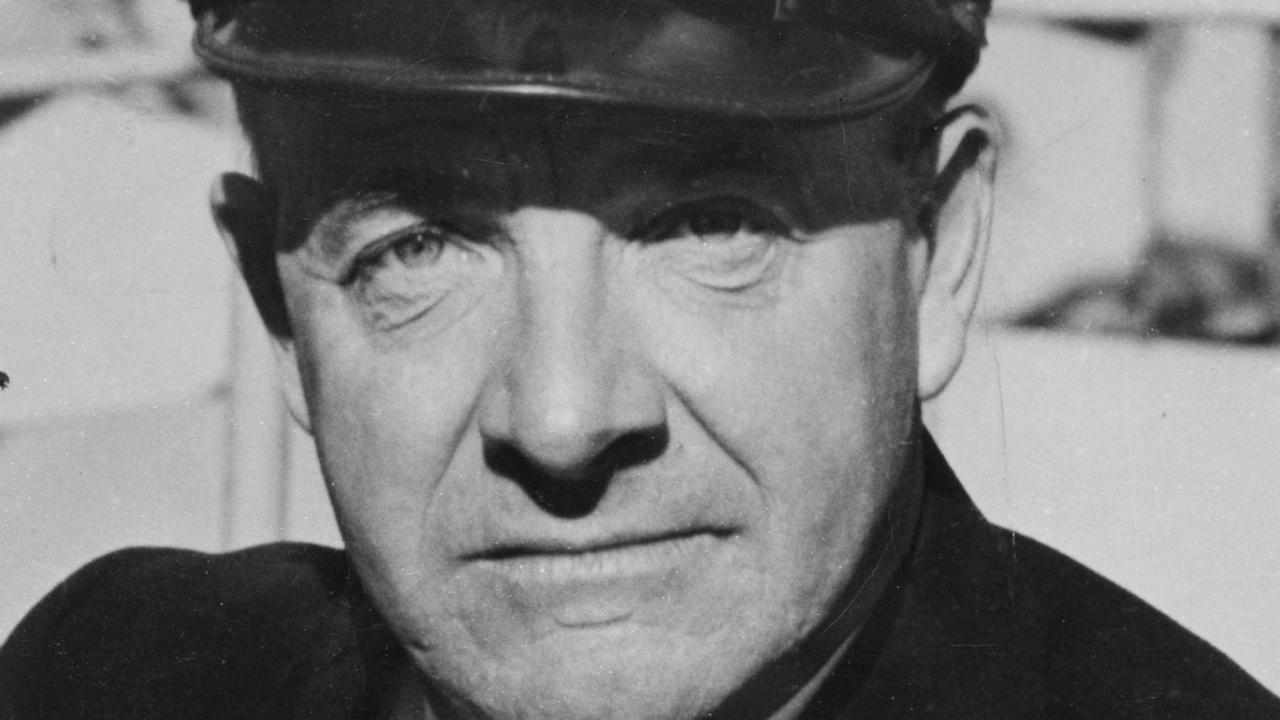Former royal palace, the Louvre, became a place to see treasures of the French king and his cronies
WHEN the Louvre opened 225 years ago today it was meant to be a place where French citizens could see the treasures taken from the nobility and the Church.

Today in History
Don't miss out on the headlines from Today in History. Followed categories will be added to My News.
IT was a year to the day since King Louis XVI had been deposed. The period known as La Terreur had begun, when thousands of people labelled enemies of the French Revolution were summarily executed.
But the mood of fear, suspicion and retribution lifted for a brief moment of cultural transcendence. A crowd had gathered at the former royal residence, once called the Louvre, which had been transformed into an art gallery where people could see the art treasures taken from the monarch, aristocracy and church during the revolution.
On August 10, 1783, 225 years ago today, the anniversary of the king’s deposition was deliberately chosen so ordinary citizens could witness for their enjoyment the wealth and spoils of the king and his cronies.
Although the Revolutionary Government, the National Convention, could take credit for opening what became the world’s largest and most famous art gallery containing some of the most celebrated artworks, it was hardly a revolutionary idea. Long before the downfall of Louis, the palace had begun its transformation into a public gallery.


Taking pride of place in Paris on the banks of the Seine, the site of the Louvre was originally a medieval castle built by King Philip II in the 12th century.
The castle, enlarged by successive kings, was demolished by Francis I, who decided to make Paris his home and built a new palace in 1546 in the renaissance style on the site of Philip’s castle. Francis was a noted arts patron, who lured Leonardo da Vinci to his kingdom and acquired the Louvre’s most famed work, the Mona Lisa.
Subsequent kings added to the palace and its art collection, but major additions were made in the 17th century by Louis XIII, whose chief minister Cardinal Richelieu acquired many priceless sculptures and renaissance artworks.
A museum wing still bears his name.



Louis XIV also commissioned additions to the palace and his minister Cardinal Mazarin helped expand the art collection. But in 1682 the king took up residence in Versailles, abandoning the Louvre. He left parts of the palace without roofs and in the 18th century any rooms that were still habitable became home to art academies under royal patronage.
During the 18th century, many philosophers, artists and writers called for the impressive royal art collection to be put on public display in a national art gallery.
Louis XV responded by displaying works at the Luxembourg Palace in Paris in 1750. The exhibition was opened two days a week and remained a popular attraction in Paris even after Louis XV died in 1774 and his grandson succeeded him as Louis XVI. But the gallery closed in 1779 when the king’s brother, comte de Provence, took up residence in the Luxembourg Palace.
By then there were plans to put the artworks on display at the Louvre. Louis XVI appointed Charles-Claude Flahaut de la Billarderie, comte d’Angiviller, as director of the royal buildings in 1775 and drew up plans to convert the Louvre into a great public museum. His major contribution was the renovation of the Grand Galerie, the long corridor linking the Louvre to the adjacent Tuileries Palace.




Flahaut was given a huge budget to renovate the rundown Louvre and commission news works or acquire important old ones to fill in any gaps in the collection. But his plans came to a halt as Louis stumbled into financial difficulties in the 1780, which culminated in the French Revolution in 1789. Flahaut, in fear for his life, fled Paris and advised Louis to do the same.
But the king was trapped and later brought to the Tuileries. Although Flahaut returned briefly in 1790, he later emigrated and died in Hamburg in 1809.
Louis was deposed as king during an uprising on August 10, 1792, and was executed on January 21, 1793. With the Louvre and Tuileries complex now free of the monarch and his guards, the work of making the Louvre into a great art gallery continued. On the first anniversary of his ousting, August 10, it was finally opened to the public.

Under Napoleon it was renamed La Musee Napoleon and housed the spoils of his victories. The walls and corridors swelled with plundered treasures, many of which were returned to the nations from which they were stolen after Napoleon’s defeat in 1815.
The gallery and its collection of artworks has continued to expand during the past two centuries. It has borne witness to famous robberies, including the theft of the Mona Lisa in 1911 (recovered in 1913). It also survived the Nazi plundering and bombings of World War II. And a major renovation project in the 1980s saw the addition of the distinctive glass pyramid.
Originally published as Former royal palace, the Louvre, became a place to see treasures of the French king and his cronies


